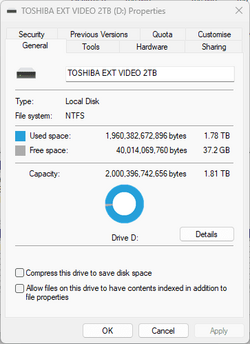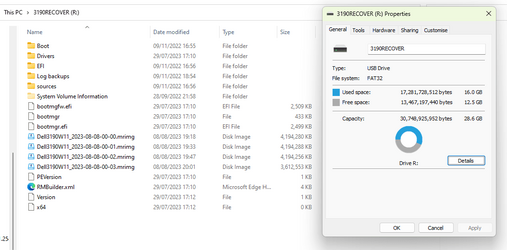I have not read every message in this thread, but in 27 posts so far it seems to me that no one has asked why you wanted to use FAT32

You ABSOLUTELY can store all your photos, video, and any other kind of files on NTFS. In fact, it is extremely rare that anyone these days would use anything other than NTFS on user partitions in Windows. There are some uses for FAT32, but generally speaking, not on user partitions of hard disks in Windows systems.
Just to take this a step further, let's say that you copy a bunch of photos, video, etc. to an NTFS disk on your system. That in no way limits you from copying those files to a disk that has FAT32. Typically, that might be something like a thumb drive or an SD card, but that's important.
Unless you have some very specific reason to format a hard disk that is 5 TB in size to FAT32, I would strongly discourage that, In fact, I HAVE NEVER encountered a disk of that size formatted as FAT32. That doesn't mean that it is not technically possible to do so, but I can think of absolutely zero good reasons to do so

.
EDIT: Just to drive the point home, NTFS pretty much is THE format to use for all HDDs. Rather than limiting you from doing certain things, the opposite is true: It is FAT32 that has a whole host of limitations when compared with NTFS. You can store all your data on NTFS, perform backups to and from NTFS, and do a whole lot of other things that simply cannot be done on FAT32.









